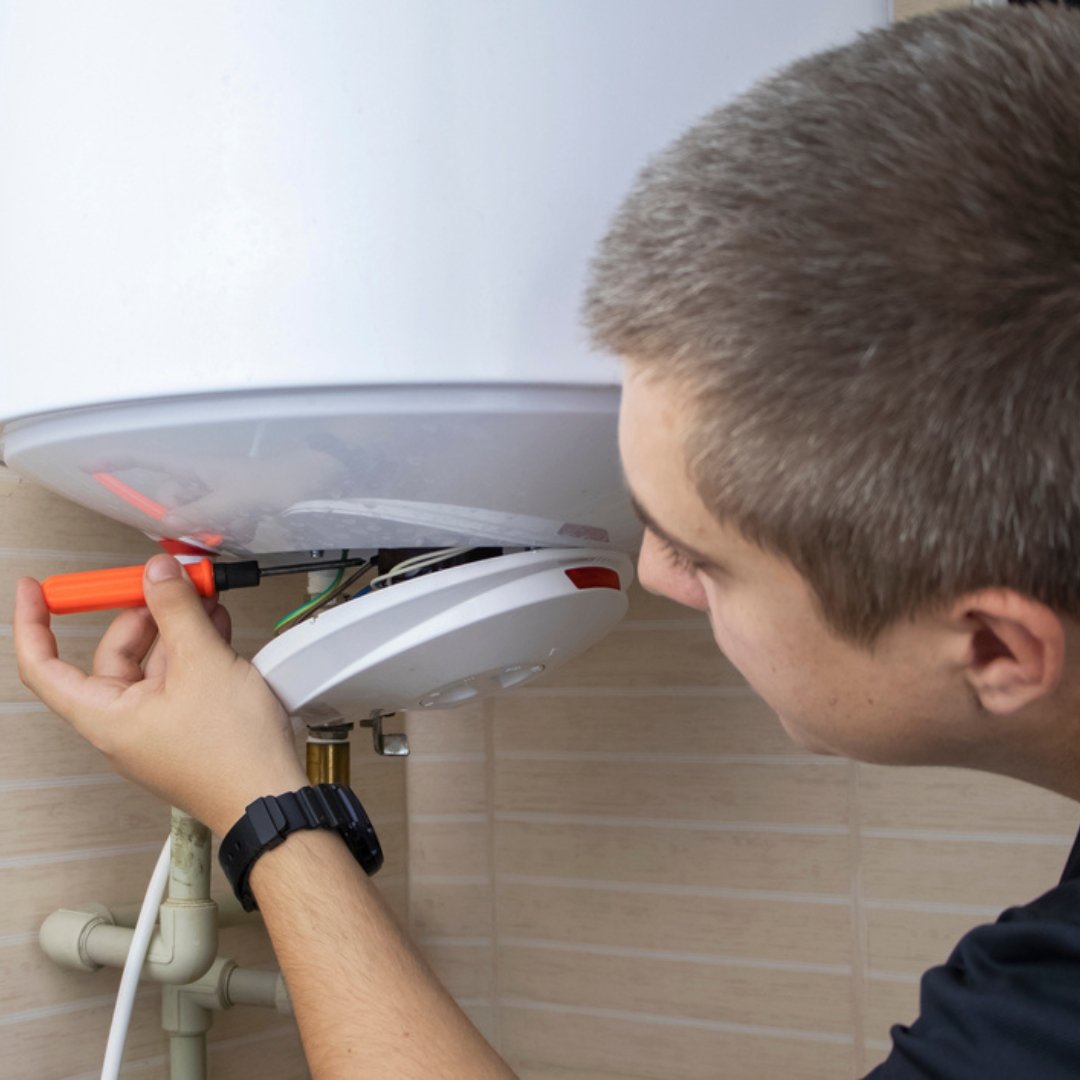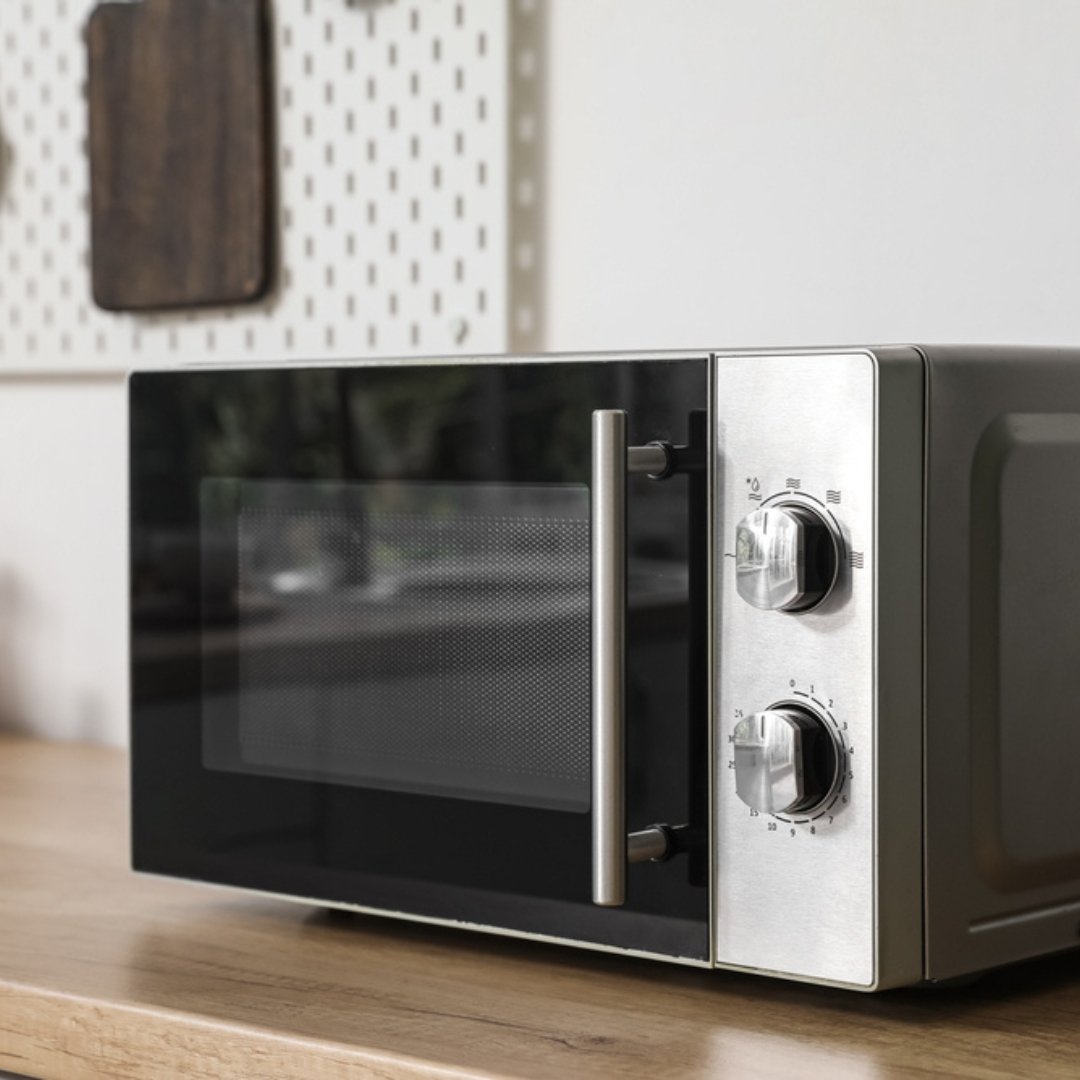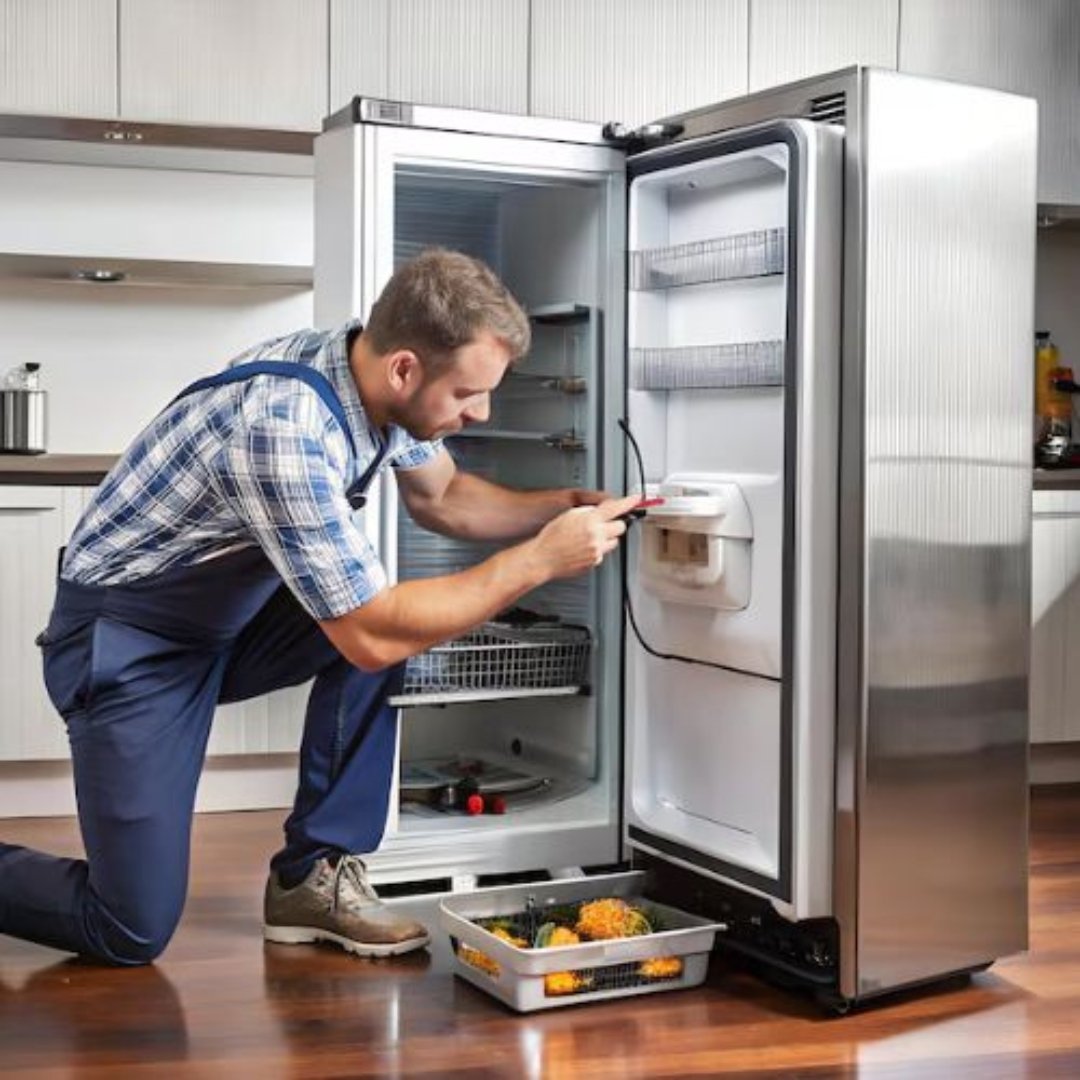PAT Testing Frequency: How Often Should You Test?
Ensuring electrical safety through Portable Appliance Testing (PAT) is not a one-time task. The frequency of PAT testing varies depending on the type of equipment, how it’s used, and the environment it operates in. Regular and appropriate testing is key to minimizing risks, maintaining compliance, and ensuring the safety of everyone in the workplace. To Know More Click Here
Understanding the Importance of Testing Frequency
PAT Testing is designed to detect electrical faults before they become dangerous. However, the risk level differs between a high-use industrial drill and a rarely used office fan. That’s why determining the correct testing frequency is essential. Over-testing wastes resources, while under-testing can lead to serious hazards and non-compliance.
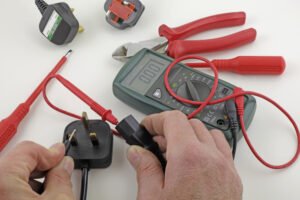
Factors That Influence PAT Testing Frequency
1. Type of Equipment
Different appliances carry different levels of risk. For example:
- Class I appliances (e.g., kettles, toasters, industrial tools) require more frequent testing due to their higher shock risk.
- Class II appliances (e.g., laptops, desk lamps) are generally safer but still need inspection based on usage.
- Fixed appliances may require less frequent PAT testing but should be included in routine checks.
2. Usage Intensity
The more often an appliance is used, the greater the wear and tear. For instance:
- Equipment in daily use in a factory or construction site may need testing every 3 to 6 months.
- Appliances in low-use areas such as meeting rooms may only need annual or biannual testing.
3. Working Environment
Hazardous environments increase the risk of appliance damage. For example:
- Harsh or wet environments (e.g., industrial sites, outdoor locations) require more frequent testing.
- Clean, dry office environments pose less risk, and equipment may only need testing once every 1–2 years. To Know More Click Here

Suggested PAT Testing Intervals (as Points)
- Office Environments: IT equipment and desk appliances should be PAT tested every 2 years, with annual visual inspections.
- Schools and Educational Institutions: Classroom electronics and lab equipment should be tested annually to ensure student and staff safety.
- Industrial Areas and Workshops: Power tools and extension leads used in rugged conditions should be tested every 3 to 6 months.
- Construction Sites: Portable tools and lighting equipment should be tested every 3 months due to high usage and environmental exposure.
- Hotels, Restaurants, and Hospitality Venues: Kitchen appliances, kettles, and hair dryers should be tested every 6 to 12 months.
- Retail and Commercial Spaces: Equipment like POS machines and display electronics should be tested once a year.
Note: These are general recommendations. Businesses should perform a formal risk assessment to determine specific intervals. To Know More Click Here
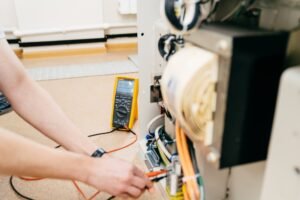
Why Consistent Testing Matters
Skipping or delaying PAT testing can result in:
- Increased safety hazards such as shocks and fire.
- Non-compliance with Health and Safety Executive (HSE) guidelines.
- Insurance issues in case of incidents without test records.
- Operational disruptions due to unexpected equipment failures.
Consistent and risk-based PAT testing ensures that all appliances function safely and efficiently, reducing the risk of accidents and business interruptions.
Stay Compliant with Smart Scheduling
Businesses should develop a PAT testing schedule based on a risk assessment that considers:
- The nature of the workplace.
- The vulnerability of the users.
- The appliance construction and purpose.
Using a professional PAT testing service helps ensure correct testing intervals, proper record-keeping, and legal compliance—giving peace of mind and protecting both people and property. To Know More Click Here
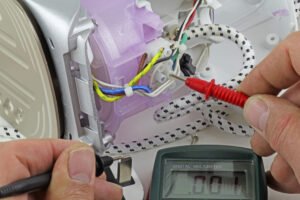
Conclusion: Testing Frequency Matters as Much as Testing Itself
Knowing how often to PAT test is as vital as why you test. The right frequency balances safety, compliance, and operational efficiency. By assessing your appliances based on type, usage, and environment, your business can create a robust PAT testing schedule that prevents hazards, meets legal standards, and ensures ongoing safety.
SafeTag – Your Safety Partner in New Zealand
Ensure workplace safety and compliance with SafeTag’s professional testing services. We offer certified solutions for Electrical Testing & Tagging, RCD Testing, Microwave Leakage Testing, and Portable Appliance Testing (PAT). Trust our experts for hassle-free, on-site service tailored to your business needs.

